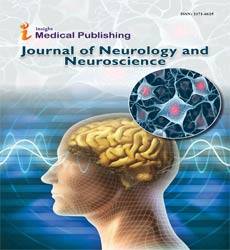Abstract
An NO/GSNO-based Neuroregeneration Strategy for Stroke Therapy
Stroke is associated with significant morbidity and mortality due to the limited neuroregeneration capacity of the injured brain. Other than thrombolysis in the acute phase of the disease by tissue plasminogen activator (tPA), which offers only a short window of treatment (~3 hours), an ideal stroke therapy is not available mainly because of limited understanding of the mechanisms of neuroregeneration and functional recovery in the chronic phase. Yet many drug therapies, including S-nitrosoglutathione (GSNO), have been shown to provide neuroprotection against acute disease in animal models of transient cerebral ischemia reperfusion (IR) and permanent ischemia. GSNO was also effective in stimulating neuroregenerationrelated factors in the chronic phase of the disease. In this short review, we assess the evidence supporting exogenous administration of GSNO after experimental stroke as a means to stimulate neuroregeneration and aid in functional recovery via stabilization of the HIF-1α/VEGF pathway.
Author(s):
Mushfiquddin Khan, Tajinder Singh Dhammu, Tejbir Singh Dhaindsa, Hamza Khan, Avtar K Singh and
Inderjit Singh
Abstract | Full-Text | PDF
Share this

Abstracted/Indexed in
- Google Scholar
- Open J Gate
- Genamics JournalSeek
- The Global Impact Factor (GIF)
- China National Knowledge Infrastructure (CNKI)
- Directory of Research Journal Indexing (DRJI)
- WorldCat
- Proquest Summons
- Scientific Journal Impact Factor
- Secret Search Engine Labs
- Euro Pub
Open Access Journals
- Aquaculture & Veterinary Science
- Chemistry & Chemical Sciences
- Clinical Sciences
- Engineering
- General Science
- Genetics & Molecular Biology
- Health Care & Nursing
- Immunology & Microbiology
- Materials Science
- Mathematics & Physics
- Medical Sciences
- Neurology & Psychiatry
- Oncology & Cancer Science
- Pharmaceutical Sciences

